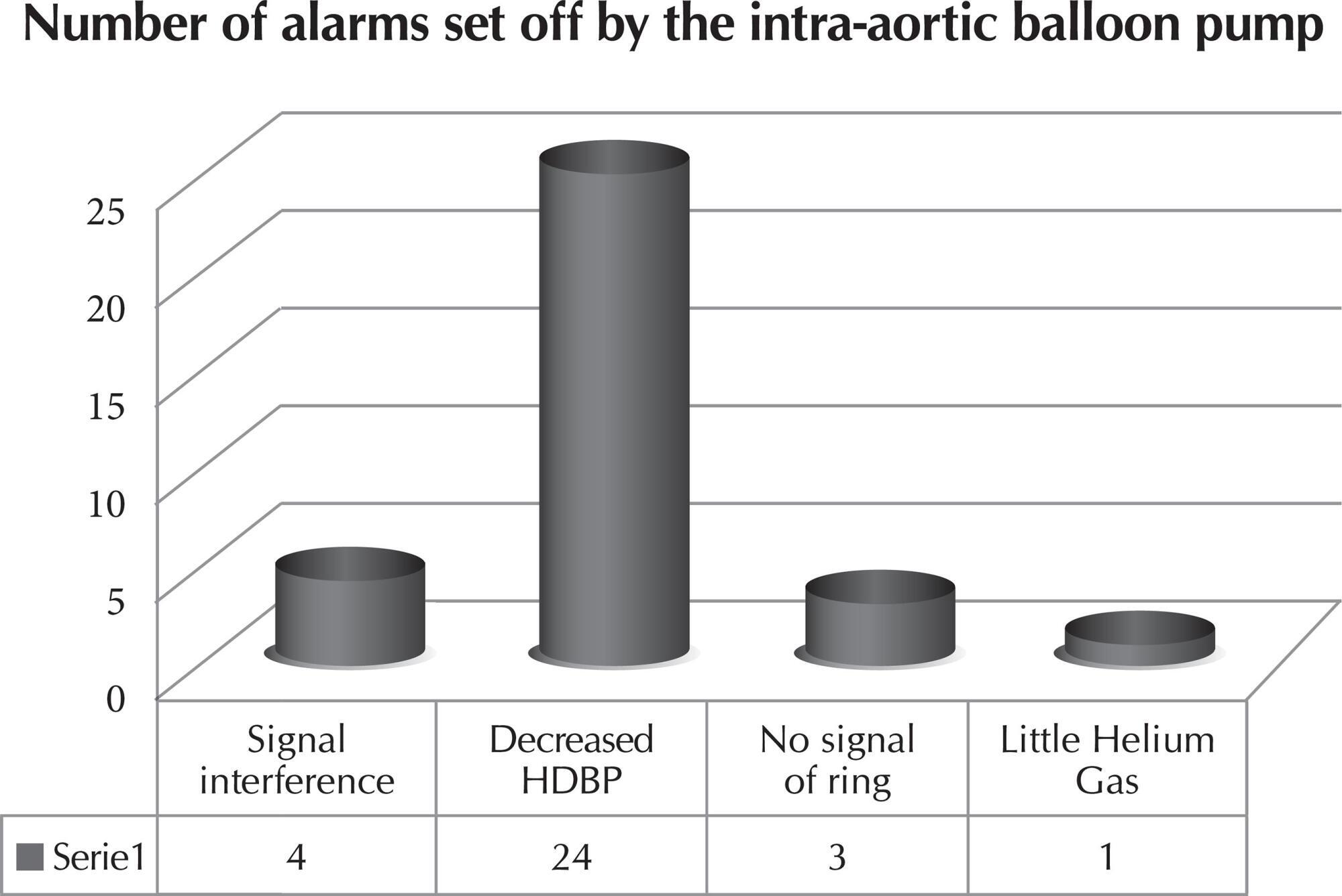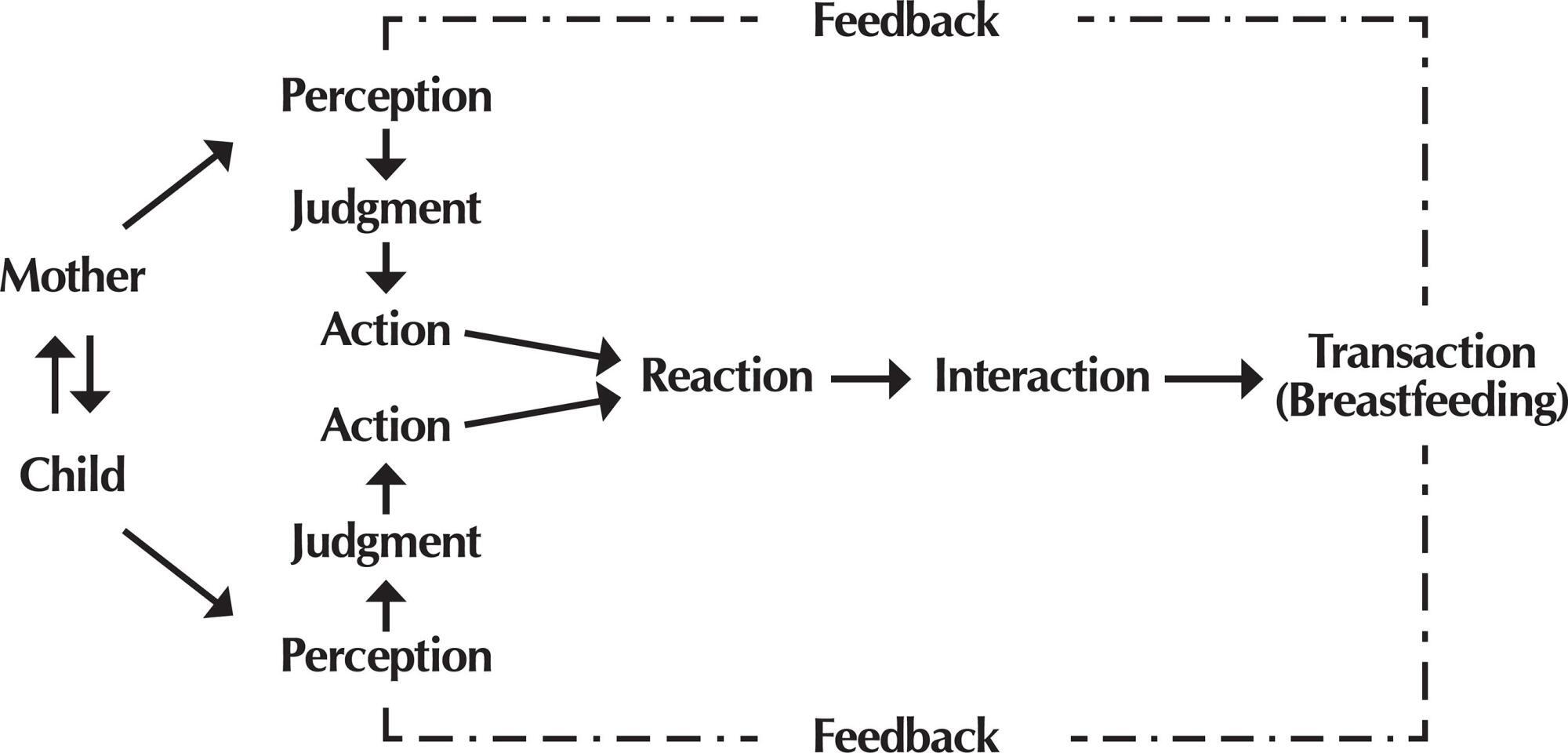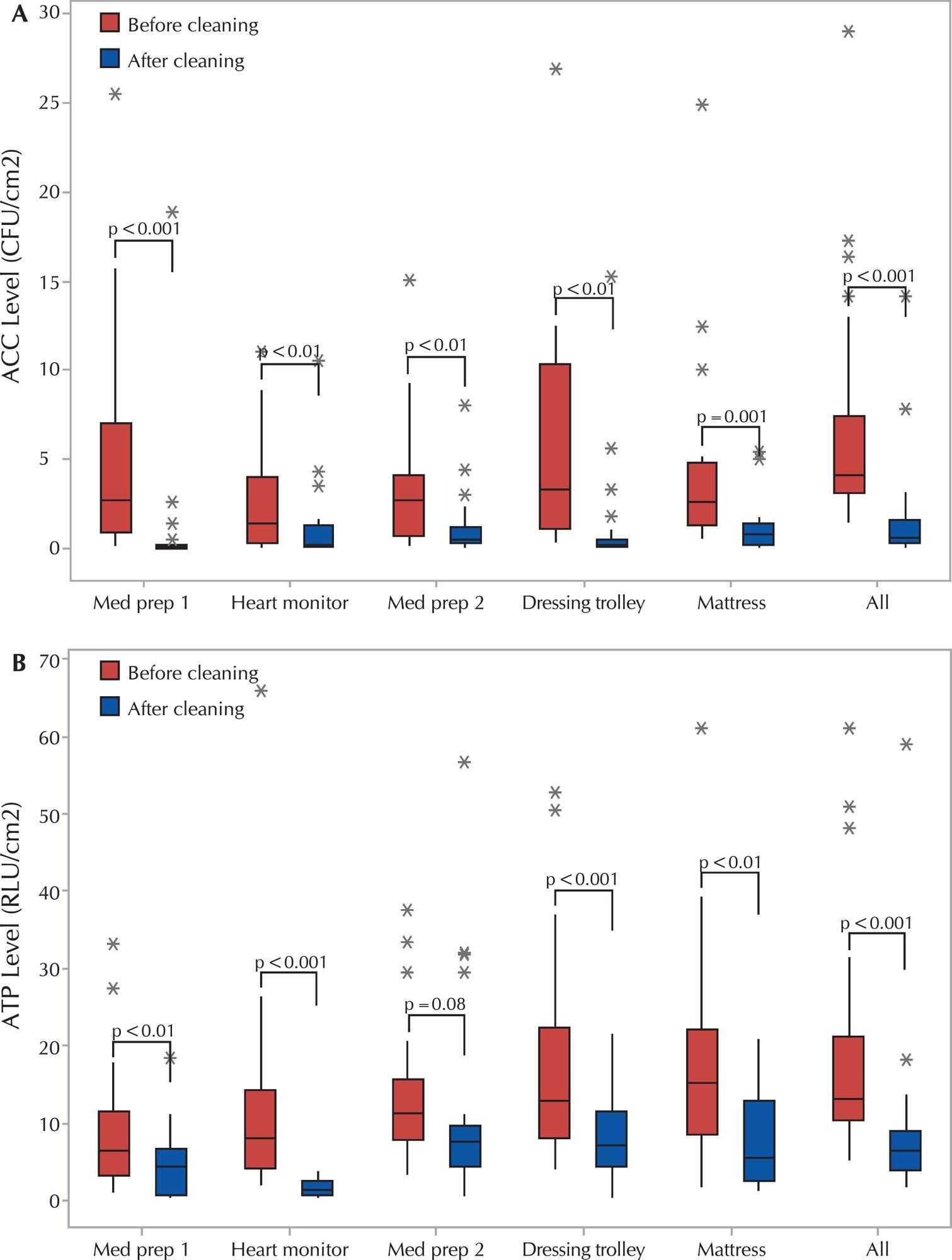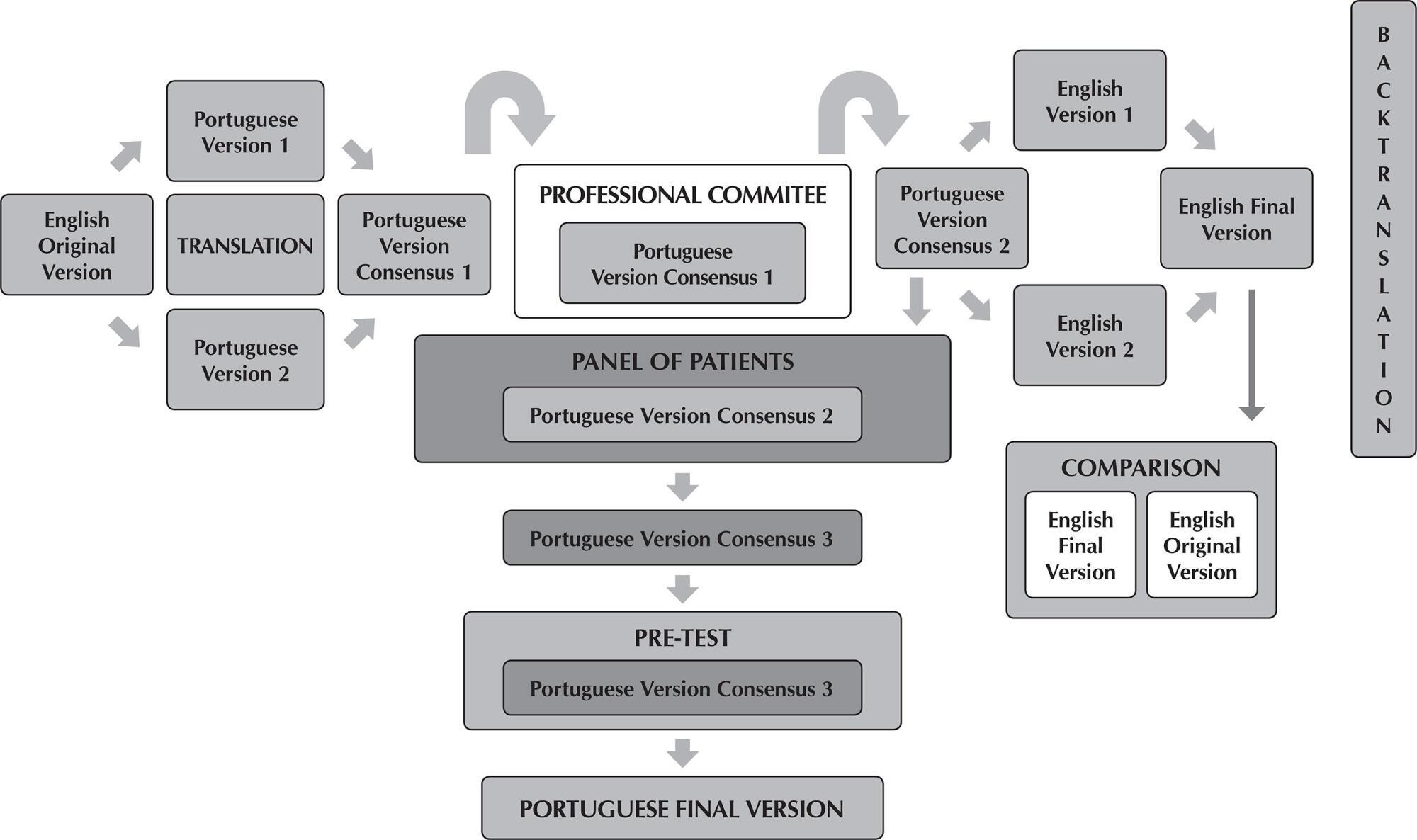-
RESEARCH01-01-2017
Challenges in the end-of-course paper for nursing technical training
Revista Brasileira de Enfermagem. 2017;70(6):1212-1219
Abstract
RESEARCHChallenges in the end-of-course paper for nursing technical training
Revista Brasileira de Enfermagem. 2017;70(6):1212-1219
DOI 10.1590/0034-7167-2016-0105
Views0See moreABSTRACT
Objective:
To verify the opinion of Nursing Technical Training students on the stages of construction of the End-of-Course Paper.
Method:
A cross-sectional study with a qualitative and quantitative approach. A total of 94 students participated from a Nursing Technical course of an institution in the State of São Paulo. A questionnaire was used with assertions, followed by a “Likert Scale” and open field for additional comments.
Results:
The students gave a positive evaluation of the stages involved in completing the paper, but negative responses regarding the time available and obligatory nature (38%). Nevertheless, they understood the essence of the task, in order to foster personal and professional growth; with perspectives to advance in other modalities of the course.
Conclusion:
It is important that course administrators and professors are prepared to support their students, aiming at an effective transformation for the way of thinking and practice in health care.
PlumX Metrics
- Citations
- Citation Indexes: 3
- Usage
- Full Text Views: 21992
- Abstract Views: 157
- Captures
- Readers: 20
-
RESEARCH01-01-2017
Stimulus-response time to alarms of the intra-aortic balloon pump: safe care practices
Revista Brasileira de Enfermagem. 2017;70(6):1206-1211
Abstract
RESEARCHStimulus-response time to alarms of the intra-aortic balloon pump: safe care practices
Revista Brasileira de Enfermagem. 2017;70(6):1206-1211
DOI 10.1590/0034-7167-2016-0432
Views0See moreABSTRACT
Objective:
To characterize the sound alarms of the Intra-Aortic Balloon Pump (IABP) during aortic counterpulsation therapy; to measure the stimulus-response time of the team to these; and to discuss the implications of increasing this time for patient safety from the alarm fatigue perspective.
Method:
This is an observational and descriptive study with quantitative and qualitative approach, case study type, carried out in a Cardiac Surgical Intensive Care Unit.
Results:
The most audible IABP alarm was the one of high priority increased-reduced diastolic blood pressure. The stimulus-response time was 33.9 seconds on average.
Conclusion:
Managing the alarms of these equipment is essential to minimize the occurrence of the alarm fatigue phenomenon and to offer a safer assistance to patients who rely on this technology.
PlumX Metrics
- Citations
- Citation Indexes: 2
- Usage
- Full Text Views: 2869
- Abstract Views: 120
- Captures
- Readers: 38

-
RESEARCH01-01-2017
Possibilities of care for serodiscordant couples for HIV who got pregnant
Revista Brasileira de Enfermagem. 2017;70(6):1199-1205
Abstract
RESEARCHPossibilities of care for serodiscordant couples for HIV who got pregnant
Revista Brasileira de Enfermagem. 2017;70(6):1199-1205
DOI 10.1590/0034-7167-2016-0344
Views1See moreABSTRACT
Objective:
Understanding the meaning of pregnancy for heterosexual couples facing serodiscordant situation for HIV, aiming at construction of care possibilities based on subjectivity.
Method:
Phenomenological research, theoretical-philosophical-methodological framework by Martin Heidegger. Research was conducted in a University Hospital in the countryside of Southern Brazil, from September 2013 to May 2014 through a phenomenological interview, with participation of eleven couples.
Results:
For the couples, pregnancy is part of life when they wish to have a child, even when one or both of them already have children from previous relationships. In addition, it is part of life when they consider the risks and do not want to have children in such circumstances anymore, but it happened unexpectedly.
Conclusion:
Understanding reproductive needs and demands of these couples is an aid for qualification and improvement of care as a contribution to nursing care planning towards reproductive health of these couples.
PlumX Metrics
- Citations
- Citation Indexes: 6
- Usage
- Full Text Views: 3508
- Abstract Views: 225
- Captures
- Readers: 47
-
RESEARCH01-01-2017
Interactive Theory of Breastfeeding: creation and application of a middle-range theory
Revista Brasileira de Enfermagem. 2017;70(6):1191-1198
Abstract
RESEARCHInteractive Theory of Breastfeeding: creation and application of a middle-range theory
Revista Brasileira de Enfermagem. 2017;70(6):1191-1198
DOI 10.1590/0034-7167-2016-0523
Views0See moreABSTRACT
Objective:
To describe a breastfeeding theory based on King’s Conceptual System.
Method:
Theoretical study that used analysis of concept, assertion synthesis, and derivation of theory for the creation of a new theory.
Results:
King’s system components were associated with elements of the breastfeeding process and a middle-range theory was created, which describes, explains, predicts, and prescribes breastfeeding by analyzing factors that precede and affect it, as well as their consequences on the breastfeeding process.
Conclusion:
The Breastfeeding Interactive Model is abstract enough to be applied in different social, cultural, political, and economic contexts, because it conceptualizes breastfeeding in systemic, dynamic, and procedural aspects. Based on a conceptual model of nursing, it contributes to the scientific construction of the subject; however it can also potentially be applied by other professionals involved in breastfeeding assistance.
PlumX Metrics
- Citations
- Citation Indexes: 31
- Usage
- Full Text Views: 17943
- Abstract Views: 391
- Captures
- Readers: 172

-
RESEARCH01-01-2017
Family resilience and chemical dependency: perception of mental health professionals
Revista Brasileira de Enfermagem. 2017;70(6):1184-1190
Abstract
RESEARCHFamily resilience and chemical dependency: perception of mental health professionals
Revista Brasileira de Enfermagem. 2017;70(6):1184-1190
DOI 10.1590/0034-7167-2016-0476
Views0See moreABSTRACT
Objective:
To learn the perception of health professionals from the Psychosocial Attention Center for Alcohol and Other Drugs regarding the resilience attributes that are critical to family members of psychoactive substance dependents.
Method:
A qualitative descriptive study conducted from February to May 2016, using a focus group technique for data collection. In total, 15 professionals participated in the study: 13 health professionals and two administrative professionals. The statements were recorded and transcribed, and these data were analyzed using the technique of thematic content analysis.
Results:
Health professionals recognize the family resilience attributes needed for efficient and assertive communication, as well as organizational patterns and facilitating family strengths, factors that contribute to improved family relationship and family functionality.
Final considerations:
This study contributed to a perspective of clinical intervention with family members that is not limited to the negative aspects of family relationship and life, such as fragility and family dysfunction.
-
RESEARCH01-01-2017
Efficiency of cleaning and disinfection of surfaces: correlation between assessment methods
Revista Brasileira de Enfermagem. 2017;70(6):1176-1183
Abstract
RESEARCHEfficiency of cleaning and disinfection of surfaces: correlation between assessment methods
Revista Brasileira de Enfermagem. 2017;70(6):1176-1183
DOI 10.1590/0034-7167-2016-0608
Views0See moreABSTRACT
Objective:
to assess the correlation among the ATP-bioluminescence assay, visual inspection and microbiological culture in monitoring the efficiency of cleaning and disinfection (C&D) of high-touch clinical surfaces (HTCS) in a walk-in emergency care unit.
Method:
a prospective and comparative study was carried out from March to June 2015, in which five HTCS were sampled before and after C&D by means of the three methods. The HTCS were considered dirty when dust, waste, humidity and stains were detected in visual inspection; when ≥2.5 colony forming units per cm2 were found in culture; when ≥5 relative light units per cm2 were found at the ATP-bioluminescence assay.
Results:
720 analyses were performed, 240 per method. The overall rates of clean surfaces per visual inspection, culture and ATP-bioluminescence assay were 8.3%, 20.8% and 44.2% before C&D, and 92.5%, 50% and 84.2% after C&D, respectively (p<0.001). There were only occasional statistically significant relationships between methods.
Conclusion:
the methods did not present a good correlation, neither quantitative nor qualitatively.

-
RESEARCH01-01-2017
Cultural adaptation of The End-Stage Renal Disease Adherence Questionnaire for hemodialysis patients
Revista Brasileira de Enfermagem. 2017;70(6):1169-1175
Abstract
RESEARCHCultural adaptation of The End-Stage Renal Disease Adherence Questionnaire for hemodialysis patients
Revista Brasileira de Enfermagem. 2017;70(6):1169-1175
DOI 10.1590/0034-7167-2016-0519
Views0See moreABSTRACT
Objective:
To describe the stages in the cultural adaptation of “The End-Stage Renal Disease Adherence Questionnaire” for use in Brazil.
Method:
A descriptive, transversal study with a quantitative approach. The cultural adaptation followed the steps of translation, professional committee, back translation, panel of patients and pretest.
Results:
the translation stage created a version in Portuguese that was analyzed by specialists, who suggested alterations in the title, seven sentences in the questions and three sets of answers. In the panel of patients phase, two questions were altered. The back translation considered the original characteristics of the instrument were maintained, likewise there were no modifications in the pretest phase. The third version written in Portuguese was considered to be the final version of the questionnaire.
Conclusion:
this instrument should facilitate nursing care management in hemodialysis, enabling the monitoring of adherence among these patients and also contribute to improving the indicators of morbidity and mortality.

-
RESEARCH01-01-2017
Revalidation of game for teaching blood pressure auscultatory measurement: a pilot study
Revista Brasileira de Enfermagem. 2017;70(6):1159-1168
Abstract
RESEARCHRevalidation of game for teaching blood pressure auscultatory measurement: a pilot study
Revista Brasileira de Enfermagem. 2017;70(6):1159-1168
DOI 10.1590/0034-7167-2016-0578
Views0See moreABSTRACT
Objective:
To adapt a pre-existing educational game, making it specific to the teaching of blood pressure auscultatory measurement, and to apply this game in a pilot study.
Method:
The original game cards were altered by the authors and submitted to content validation by six experts in the field. After redesigns, the game was applied to 30 subjects, who answered a questionnaire (pre-test and post-test) on auscultatory measurement. Data were analyzed descriptively and by the paired Student’s t-test and paired Wilcoxon test.
Results:
Throughout the content validation process, 17 of the 28 original cards were modified. Of these 17 cards, 13 obtained 80% agreement, and the rest were modified according to the judges’ suggestions. The obtained grades significantly increased between pre- and the post-test.
Conclusion:
It was concluded that the reformulated game presented satisfactory evidence of content validity. Its use as a teaching-learning method was effective for this sample.

Search
Search in:
Nuvem de Tags
Enfermagem (930)Cuidados de Enfermagem (269)Atenção Primária à Saúde (239)Idoso (208)Educação em Enfermagem (151)Segurança do Paciente (150)Saúde Mental (145)Educação em Saúde (139)Estudos de Validação (131)Qualidade de Vida (104)Tecnologia Educacional (100)Promoção da Saúde (99)COVID-19 (91)Criança (91)Família (87)Enfermagem Pediátrica (86)Saúde do Trabalhador (86)Adolescente (85)Saúde Pública (82)Estudantes de Enfermagem (77)






